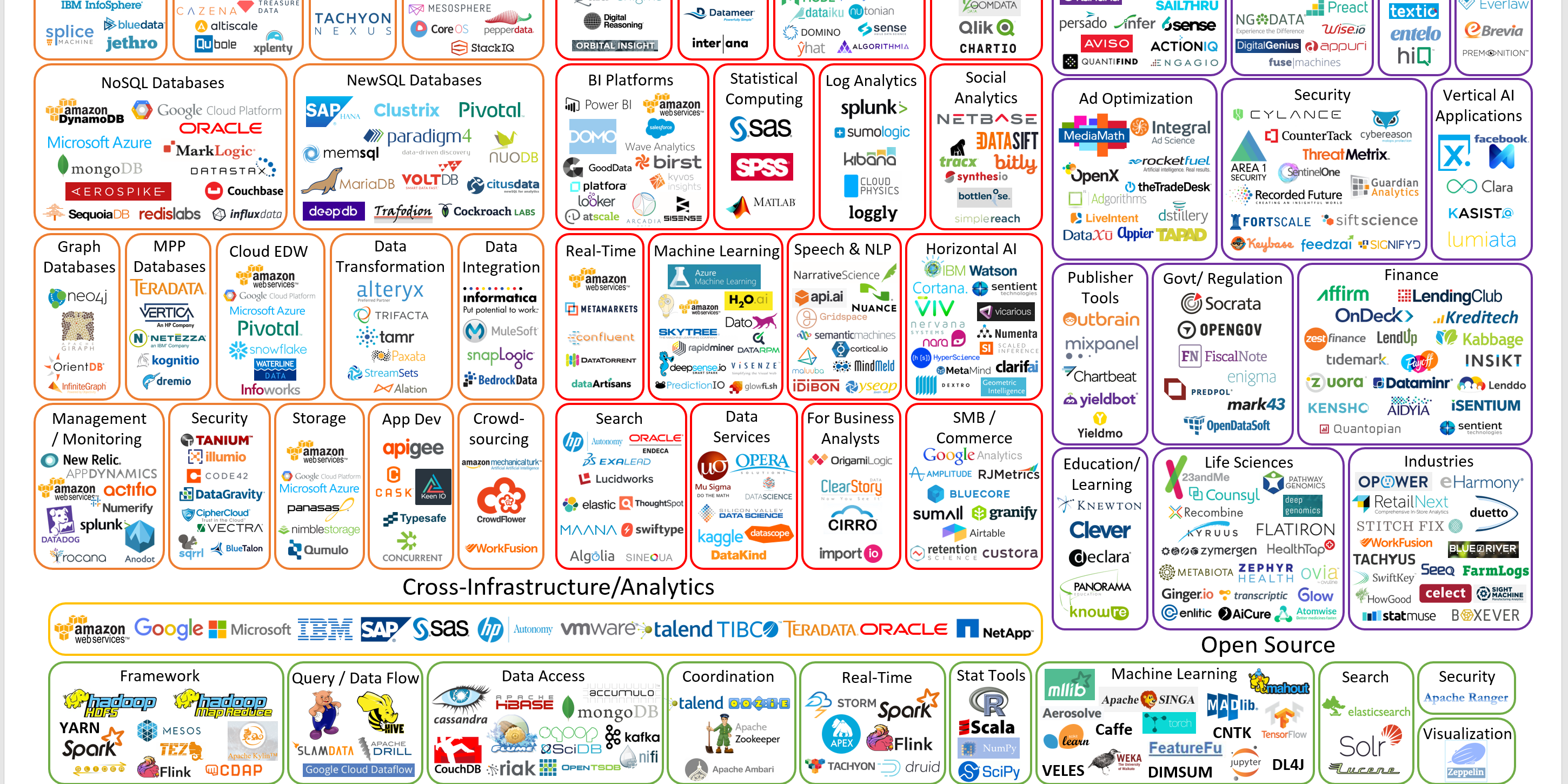
As we move into the new decade, it is becoming clear that one of the biggest paradigm shifts of the last ten years – online media streaming – is here to stay, and in fact continues to attract bigger and bigger players.
Whilst perhaps in 2010 we may have referred to early heavy-hitters, such as Netflix and BBC iPlayer, as streaming ‘services’, the meteoric rise of online media consumption, alongside the similar rush to SMART-ify of all our devices, means that in 2020 these have firmly evolved into bona-fide streaming ‘platforms’.
These platforms bring with them a new exciting chapter of analytics. Most of us now have several devices that can play the latest shows and movies from our preferred platforms – our smartphones on the commute, our laptops on our lunch break, to our TVs at home after work. The sheer increase in opportunities throughout the day for us to consume content, previously reserved to a few hours in the evening, means that companies entering this space are tapping into a pool of consumers’ time previously unthinkable.
But of course it is not enough to simply have more of consumers’ time available – TV broadcasters already struggled with producing enough compelling content to fill our evenings, so how is it that streaming companies are now able to keep our attention spans across a much greater period of time? The answer, as it so often does, lies with the use of analytics.
Streaming giants Netflix were among the first to profit from adopting a heavily data-driven decision-making process for their content. Netflix famously outbid other major broadcasters for the rights to House of Cards, touted by many as the show that really put the service on the map. It seemed to everyone else at the time a huge gamble for the company. In fact, we now know that thanks to the amount of data Netflix had been gathering from its users, they knew the show was more or less a guaranteed success with their audience, based simply on the combination of director, stars, and themes. Coupled that with their ability to target the show to fans of the genre and you had a recipe for a data-flavoured success strategy that all would imitate.
At Lynchpin we have followed this evolution – at first, platforms were using their customers’ data to green-light pilots. Now, this information is used to directly commission and cast shows. Of course, all this growth presents significant challenges in data collection, from the obvious technical obstacles of implementing tools across many different devices, to maintaining the resulting data pool clean and therefore valuable.
By working alongside large streaming platforms, and as the data has grown in complexity and value, we have gained a large breadth of experience with these challenges. As data analysts, engineers, and strategists ourselves, collection of streaming data presents possibilities for our clients that few other sectors can match. Every aspect of the process can be harnessed, from user behaviour within the frontend, to user interaction whilst viewing content, to the varying tastes in content across demographics. It leaves us poised to continue providing invaluable support and inspiration to our clients through this ever-evolving market, as well as welcome new players joining this exciting new landscape.
In a future blog, we’ll take you through some of the technical challenges we have faced and how we have created a scalable in-house capability to deploy, test and manage complex analytics integrations for streaming services across multiple devices, from 10-foot platforms to mobile and desktop applications.
If you are experiencing any of the challenges described above or would like more information about how Lynchpin can help you, please feel free to contact us. A member of the team will be happy to answer your query.
About the author
Lewis Walker
With a background in Mathematics and a degree in Interpreting & Translation, Lewis now enjoys a career in analytics as a Data Engineer at Lynchpin.
Lewis works with a range of tools but has a particular soft spot for Google's analytics stack – designing complex tracking briefs for clients and implementing them through Google Tag Manager. Working across many different clients, all with unique requirements, Lewis appreciates the variety of challenges he gets to solve.
Though raised in Italy, Lewis has called Edinburgh home for quite some time. When he isn’t working, Lewis loves nothing more than to unwind at home with his two mischievous cats.


